Chronobiology, a subdiscipline of biology, explores the interaction between our biological rhythms and our physiology and behavior. These rhythms, whether daily (circadian), such as the sleep-wake cycle, or seasonal, play a key role in our lives.
This science focuses on how our bodies synchronize with the Earth's natural cycles, such as the day-night cycle and seasonal variations. One of the main regulators of these cycles is daylight, and more specifically blue light , which has a significant impact on our health and well-being.
Researchers in chronobiology also study the consequences on our health and well-being of disruptions in these rhythms, in particular those caused by inappropriate exposure to blue light, such as night work or jet lag.
Natural and artificial blue light: Their impacts on our health and well-being
Light, and in particular the blue light emitted by the sun, has many beneficial effects on our body and our general well-being. Let's look at some of the main effects of blue light on our body:
- Regulation of the sleep-wake cycle : Blue light is one of the major elements that regulates our internal biological clock or circadian rhythm. Exposing ourselves to natural blue light during the day helps keep our biological clock in synchrony with the natural 24-hour day-night cycle. Morning light signals to our bodies that it is time to wake up, while evening darkness signals to our bodies that it is time to sleep.
- Vitamin D production : Our skin produces vitamin D when exposed to sunlight. This vitamin is essential for the health of our bones, our immune system and other bodily processes.
- Mood and mental health : Exposure to natural blue light can improve mood and reduce symptoms of depression. Conversely, a lack of natural blue light can cause seasonal affective disorder (SAD), a form of depression that often manifests itself during the fall and winter months.
- Vision : Blue light is fundamental to our ability to see. Our eyes detect blue light and transmit it to the brain, which transforms it into images.
- Potential Negative Impacts : Although natural blue light has many benefits, overexposure to certain forms of artificial blue light can be harmful. For example, excessive exposure to blue light from screens can disrupt our sleep-wake cycle and cause eye fatigue.
It is therefore essential to properly manage blue light in our lives, maximizing our exposure to natural blue light during the day and minimizing our exposure to artificial blue light, particularly in the evening.
How blue light regulates our Sleep-Wake cycle: The functioning of our biological clock
The regulation of our sleep-wake cycle, also called the circadian cycle, is controlled by our internal biological clock, located in a part of the brain known as the hypothalamus.

Here's how this process works:
- Role of Daylight and Blue Light : When daylight, rich in blue light, reaches our eyes, specific cells in the retina detect it and transmit signals to the hypothalamus.
- Hypothalamus : The latter receives these light signals and sends them to a region called the suprachiasmatic nucleus (SCN). The SCN is the master of our circadian rhythms.
- Awakening Signal : During daylight hours, the SCN emits signals that stimulate wakefulness and alertness. This involves suppressing the production of melatonin, a hormone that induces sleep.
- Sleep Signal : At nightfall, when light decreases, the SCN stops inhibiting melatonin production. Therefore, melatonin begins to be released from the pineal gland in the brain, signaling our body that it is time to prepare for sleep.
However, our circadian rhythms are not only influenced by light. They can also be modified by physical activity, diet, stress and other environmental factors.
A misalignment between our internal biological clock and environmental signals - such as jet lag, working at night, or overexposure to artificial blue light in the evening - can disrupt our sleep-wake cycle and have harmful consequences for our health and well-being. -be.
The sleep-wake cycle and hormones: Impact of blue light on our health
The sleep-wake cycle is regulated by two main hormones: melatonin and cortisol.
- Melatonin : This hormone, produced by the pineal gland in the brain in response to darkness, tells our body that it is time to sleep. Increased melatonin production in the late afternoon or early evening helps put us to sleep, while daylight, especially blue light, inhibits this production, helping to wake us up.
- Cortisol : Known as the stress hormone, cortisol is produced by the adrenal glands and plays a role in regulating the sleep-wake cycle. Cortisol levels begin to rise towards the end of the night and peak early in the morning, helping us wake up and start the day. Cortisol levels then decrease throughout the day.
The rhythm of these two hormones is regulated by the body's internal biological clock, which is itself influenced by light, including blue light, and darkness.
The production of these hormones has a major impact on our health and well-being. For example, a mismatch in the production of melatonin or cortisol can disrupt the sleep-wake cycle, leading to sleep disturbances, fatigue, reduced cognitive performance and mood. In the long term, this can increase the risk of various diseases, including cardiovascular disease and diabetes.
Regulation of the sleep-wake cycle: Interaction between blue daylight and the hypothalamus
Daylight, particularly blue light, and the hypothalamus, an essential region of the brain, are closely linked in the regulation of our internal biological clock, particularly the sleep-wake cycle. Specific photoreceptors in the retina, called melanopsin ganglion cells, detect light, including blue light, and send signals to the suprachiasmatic nucleus (SCN) of the hypothalamus. In response, the SCN triggers biochemical reactions that regulate various bodily functions, including wakefulness and sleep. During the day, in the presence of blue light, the SCN inhibits the production of the sleep hormone melatonin, helping us stay awake. At nightfall, this inhibition ceases, promoting preparation for sleep. In summary, the interaction between blue daylight and the hypothalamus is essential for synchronizing our circadian rhythms and promoting optimal health.
Understanding the composition of daylight for better well-being
Daylight, a form of electromagnetic energy, is made up of different wavelengths corresponding to various colors in the visible spectrum. Red light, with a wavelength of 620 to 750 nanometers, has the lowest energy in the spectrum, followed by orange (590 to 620 nm), yellow (570 to 590 nm), green ( 495 to 570 nm), blue (450 to 495 nm), indigo (425 to 450 nm), and finally violet, with the shortest wavelength (380 to 425 nm) and highest energy . Beyond the visible are ultraviolet and infrared rays. Daylight, a combination of all these wavelengths, is perceived as white. Understanding the composition of daylight is essential to optimize its impact on our biological clock and our overall well-being.
Maximizing your well-being: when to expose yourself to melenopic light and when to avoid it
Melenopic light, powerful in the blue light spectrum, plays a key role in regulating our biological clock and, therefore, our sleep-wake cycle. To maintain optimal health and quality sleep, it is advisable to expose yourself to melenopic light, particularly natural light, during morning and daytime hours. This exposure to melenopic light at the right time helps to effectively synchronize your circadian rhythm. However, melenopic light, especially that emanating from electronic device screens and indoor lighting, can disrupt your sleep-wake cycle if it is present in the evening or just before bed. It inhibits the production of melatonin, a key hormone for inducing sleep. Therefore, to promote restful sleep and avoid sleep disorders, it is preferable to avoid exposure to melenopic light at least one to two hours before bedtime. If exposure to blue light is unavoidable in the evening, consider using protective glasses or blue light filters on your devices.
The role of blue light in regulating the sleep-wake cycle
Blue light, which interacts closely with melanopsin in our intrinsically photosensitive retinal ganglion cells (ipRGCs), is an essential part of our circadian clock and sleep-wake cycle. Our ipRGCs, sensitive especially to blue-green light around 480 nanometers, provide light information to the pineal gland, thus influencing the production of melatonin, our sleep hormone. During the day, blue light can energize and improve our mood, but exposure in the evening can disrupt our sleep. Note that artificial light, such as that emitted by computer and smartphone screens, contains a considerable amount of blue light. Hence the importance of reducing exposure to blue light in the evening to promote quality sleep.
Control Blue Light Exposure for Optimal Sleep Health
Blue light, significantly influencing the suppression of melatonin, is mainly present in its own light spectrum. Well-balanced exposure to blue light, particularly natural light, is recommended in the morning and during the day to regulate our biological clock and ensure a healthy circadian rhythm. On the other hand, exposure to blue light, especially artificial light emanating from screens and indoor lighting, should be restricted at the end of the day and in the evening to prevent the suppression of melatonin and sleep disturbances. Ideally, it is advisable to minimize exposure to blue light, at least one to two hours before bedtime.
Neutralize the effects of blue light for restful sleep
If blue light is effective in stimulating the production of melatonin and influencing our level of arousal and alertness, its absence, or the presence of wavelengths of light less stimulating for the production of melatonin, promotes an increase in this last, conducive to sleep and relaxation. Light at longer wavelengths, such as red light, or light that is less effective for melatonin suppression, can be considered the opposite end of the spectrum compared to blue light.
Regulation of circadian rhythms: the crucial role of blue light
Blue light has a remarkable effect on the human body, notably by regulating our circadian rhythms, our internal biological clocks. A specific component of daylight, blue light influences various aspects of our physiology, including mood, alertness, cognitive performance and the sleep-wake cycle.

Research, such as that published in the "Journal of Biological Rhythms", has highlighted the significant impact of blue light on the regulation of circadian rhythms. Exposure to blue light during the day boosts alertness, mood and cognitive performance, helping to regulate the sleep-wake cycle.
In terms of dosage, it is generally recommended to adequately expose yourself to natural light during the day, especially in the morning, to benefit from the effect of blue light. However, excessive exposure to blue light in the evening and at night can inhibit melatonin production, disrupting the sleep-wake cycle. Hence the importance of minimizing blue light exposure in the evening while maximizing blue light exposure during the day for a healthy sleep-wake cycle.
The benefits of red light and its contrast with blue light on the human body
Unlike blue light, red light interacts differently with our body. During the day, its influence on melatonin suppression is minimal, not significantly affecting alertness or cognitive performance. Its longer wavelength, therefore less energetic than blue light, makes it softer and less aggressive for our eyes, especially indoors.
During the evening, unlike blue light, exposure to red light does not hinder the production of melatonin, thus facilitating the process of falling asleep. Due to its calming nature, red light is often favored in environments conducive to sleep or relaxation, helping to prepare the body for sleep without disrupting melatonin production.
Some research even suggests potential therapeutic effects of red light, such as improving skin health and reducing chronic pain, although additional studies are needed to validate these effects. In short, red light can be beneficial in the evening to promote a relaxing and sleep-friendly environment, while during the day, blue light or natural light generally remains more effective in stimulating alertness and concentration.
The importance of appropriate light exposure for a healthy body clock
The influence of light, particularly natural light and blue light, on our circadian rhythm and our internal biological clock is crucial. This light regulates many bodily processes, such as sleep, mood, appetite, memory and learning ability. It is therefore crucial to benefit from the right light at the right time.
During the day, exposure to bright light, and more specifically blue light, stimulates alertness and concentration. It also regulates the production of melatonin, the sleep hormone, by inhibiting its production during the day, thus promoting alertness.
Conversely, in the evening, exposure to bright light, particularly blue light, must be limited to allow the body to produce melatonin and prepare for sleep. Softer, less intense light, such as red light, is then recommended, as it is less likely to suppress melatonin production and promotes a more natural transition to sleep.

In short, correct exposure to light at the right times can help keep our body clock in sync with the natural environment, promoting quality sleep, stable mood and better overall health. In our modern world, where time spent indoors under artificial light is important, it can be more difficult to adhere to these principles, but products like lamps that simulate natural light, alternating between blue and red light , can help restore this balance.
Conclusion: Arits, the luminous innovation for a balanced circadian rhythm
Arits offers a valuable solution to help individuals regulate their sleep-wake cycle through optimal exposure to light, whether blue or red, at the right time. By synchronizing our internal clocks with natural light and dark cycles, we can improve our overall health, mood, productivity and sleep quality. Arits lamps can be an effective way to achieve this balance, especially for those who spend a lot of time indoors or live in areas where natural sunlight is limited at certain times of the year.
With a deep understanding of the principles of chronobiology and the impact of light, whether blue or red, on our body, Arits provides a practical and innovative solution to help people live in a healthier and more balanced way. . Explore the Arits range and discover how the right light can improve your quality of life.







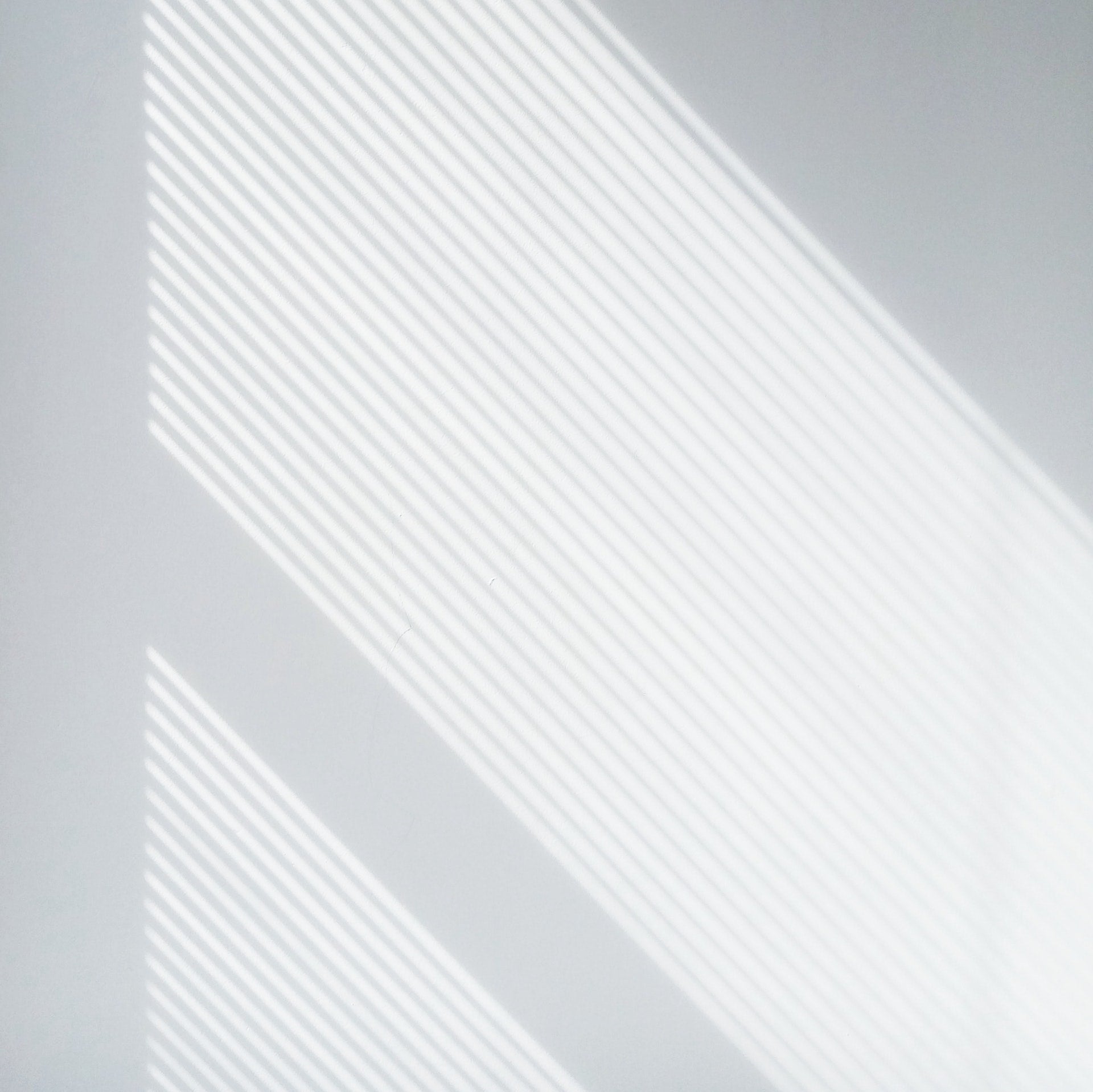




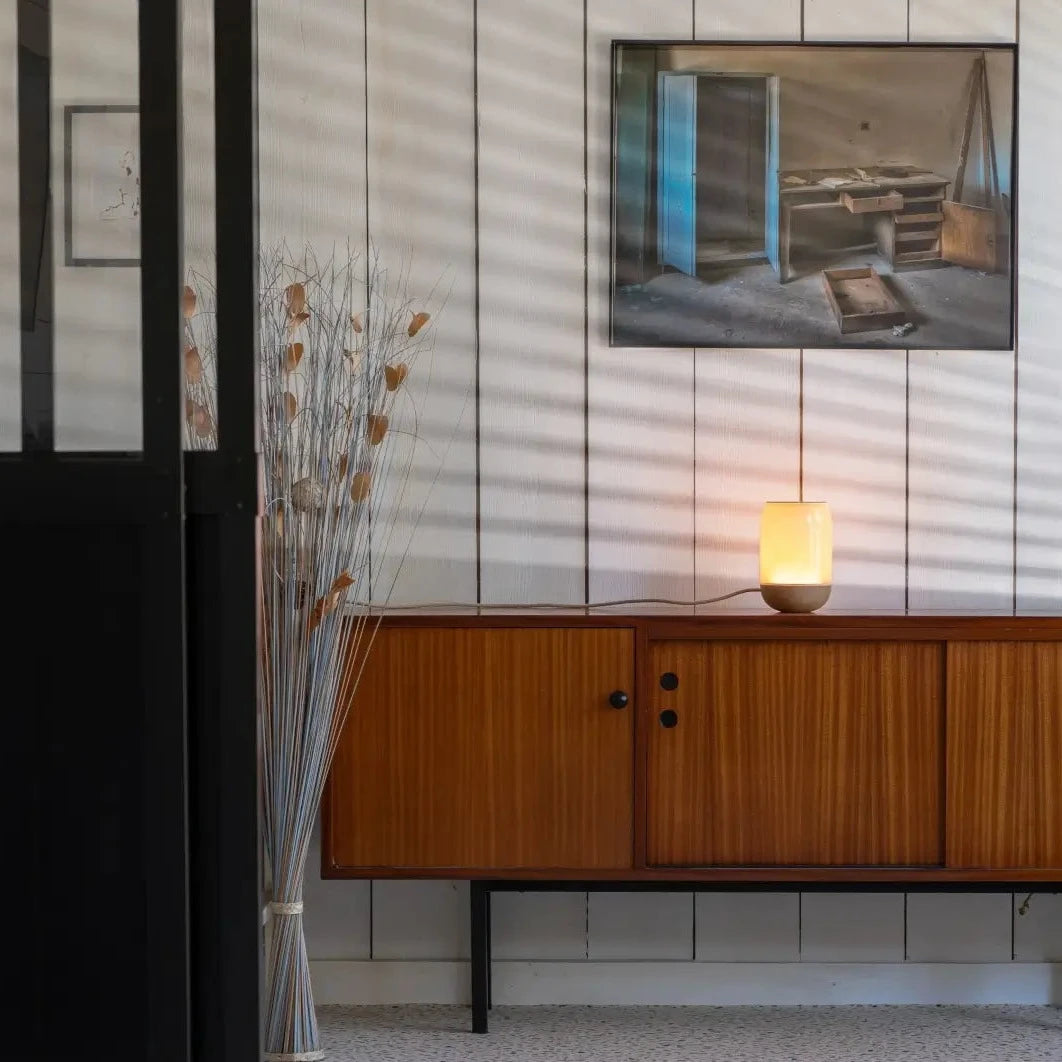
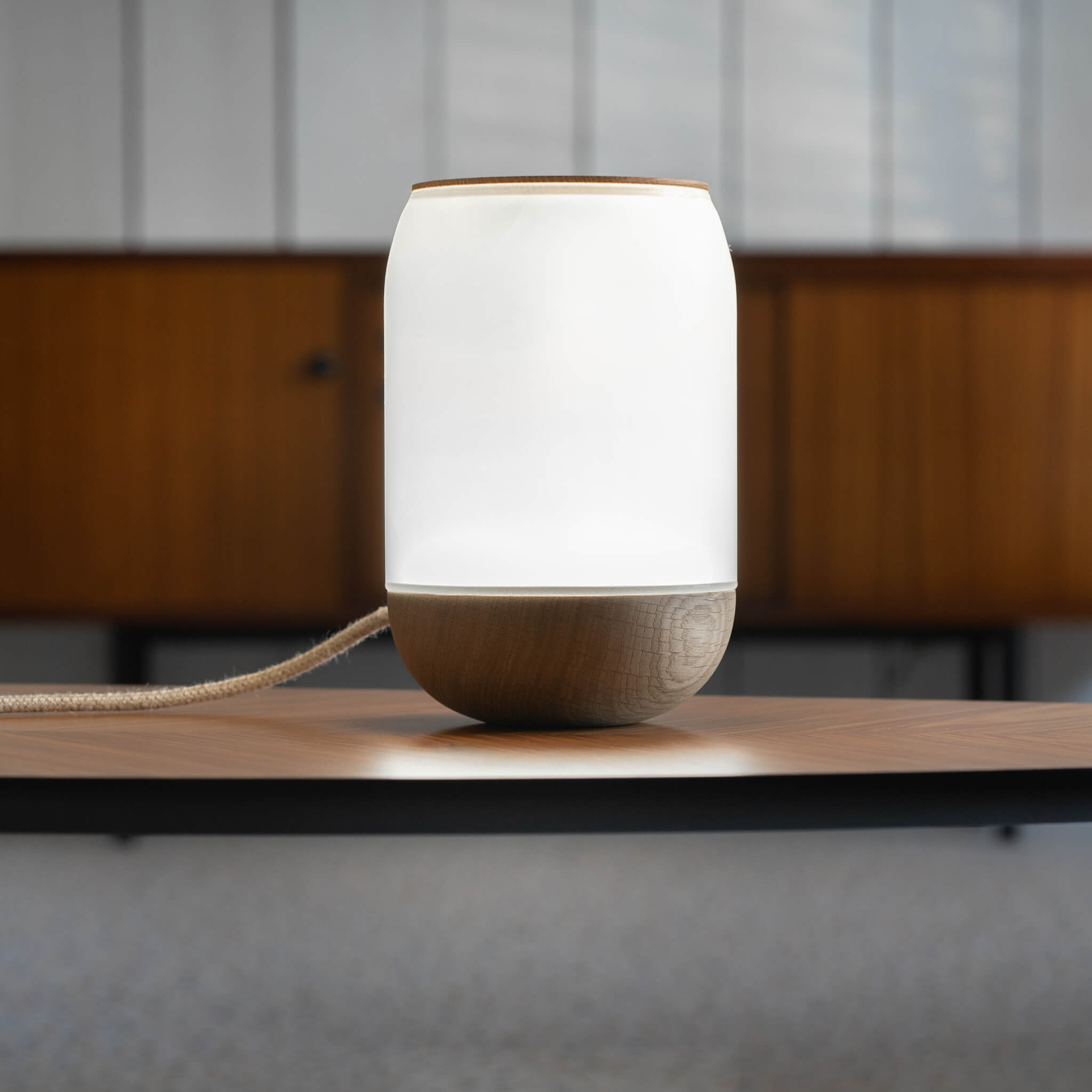
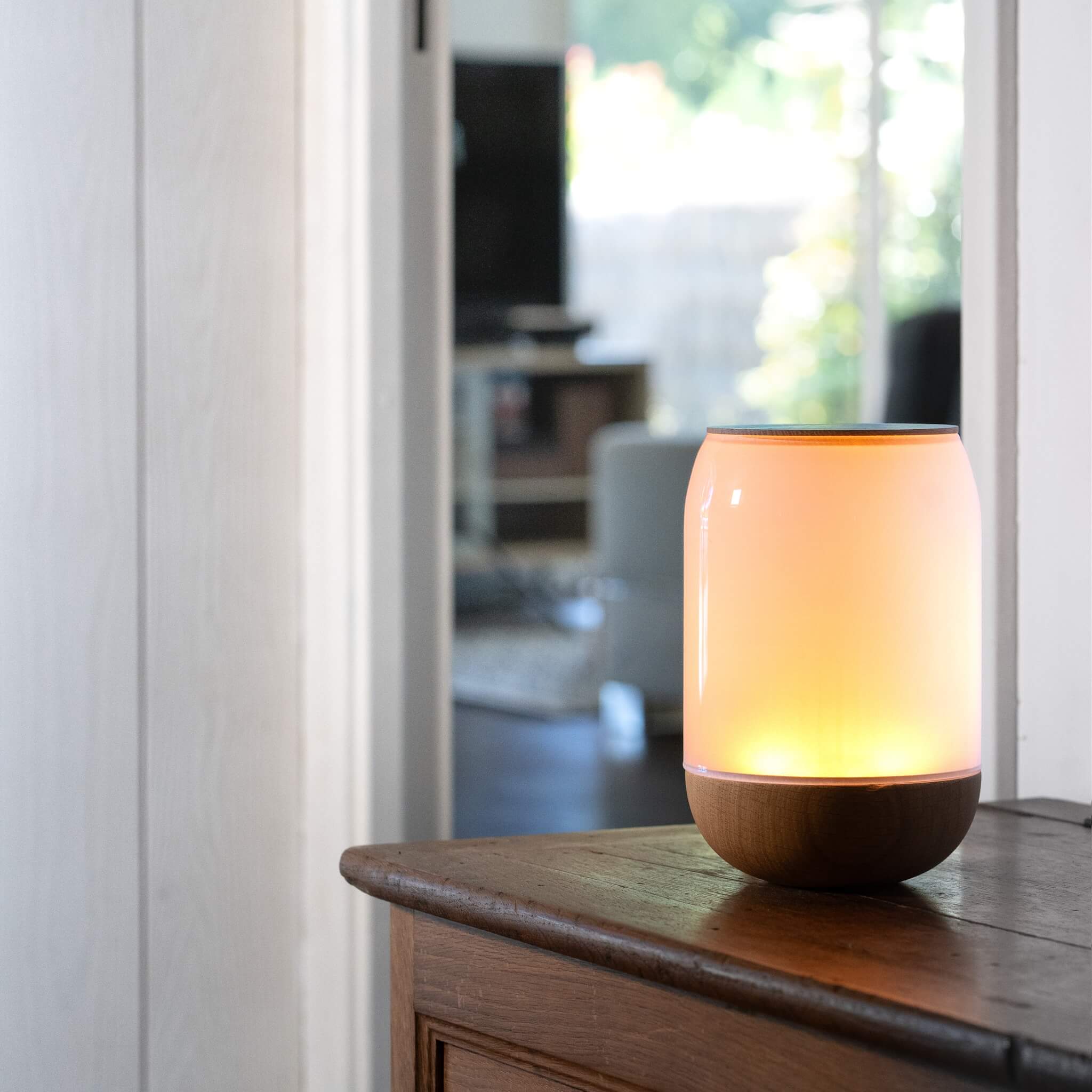
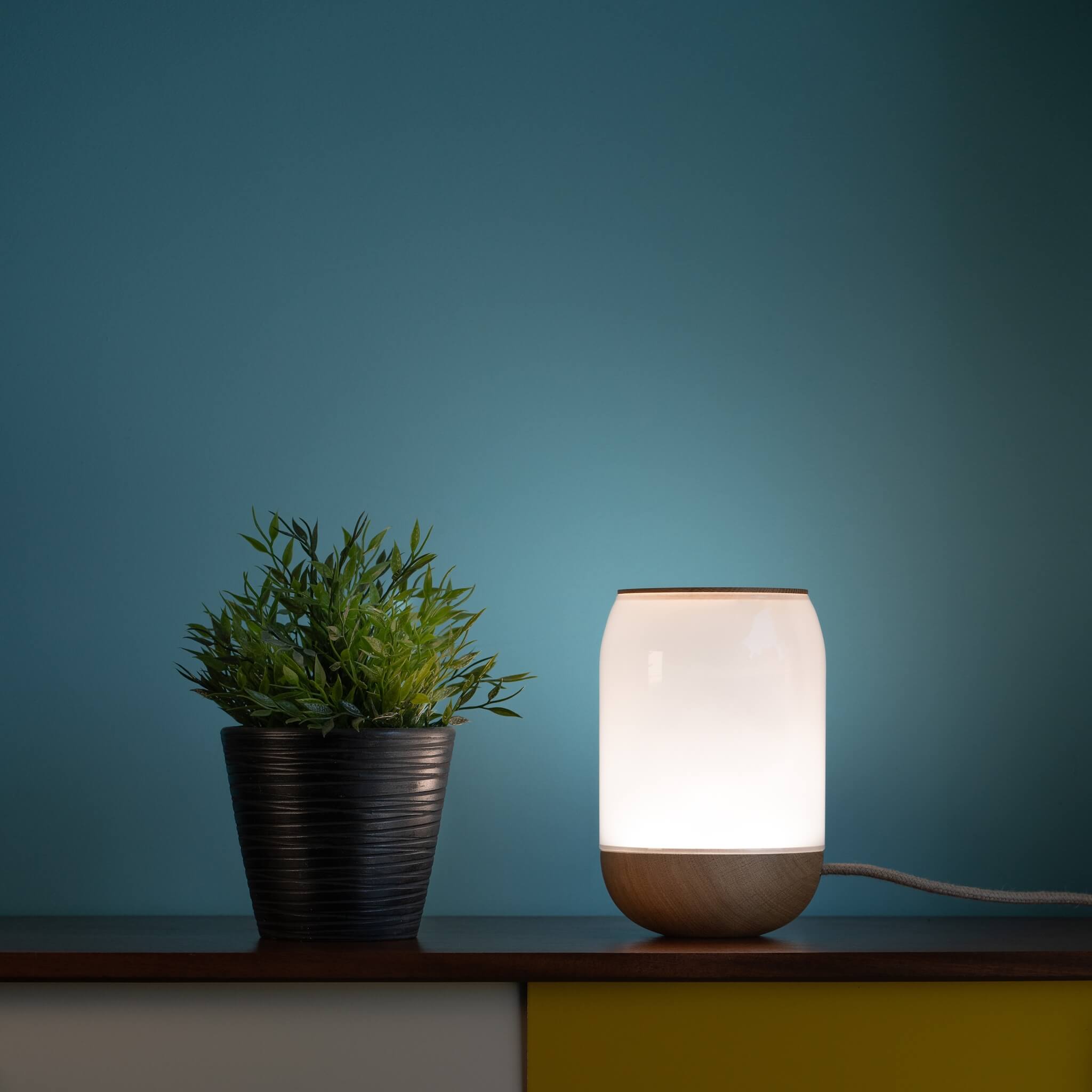
Leave a comment
All comments are moderated before being published.
This site is protected by hCaptcha and the hCaptcha Privacy Policy and Terms of Service apply.